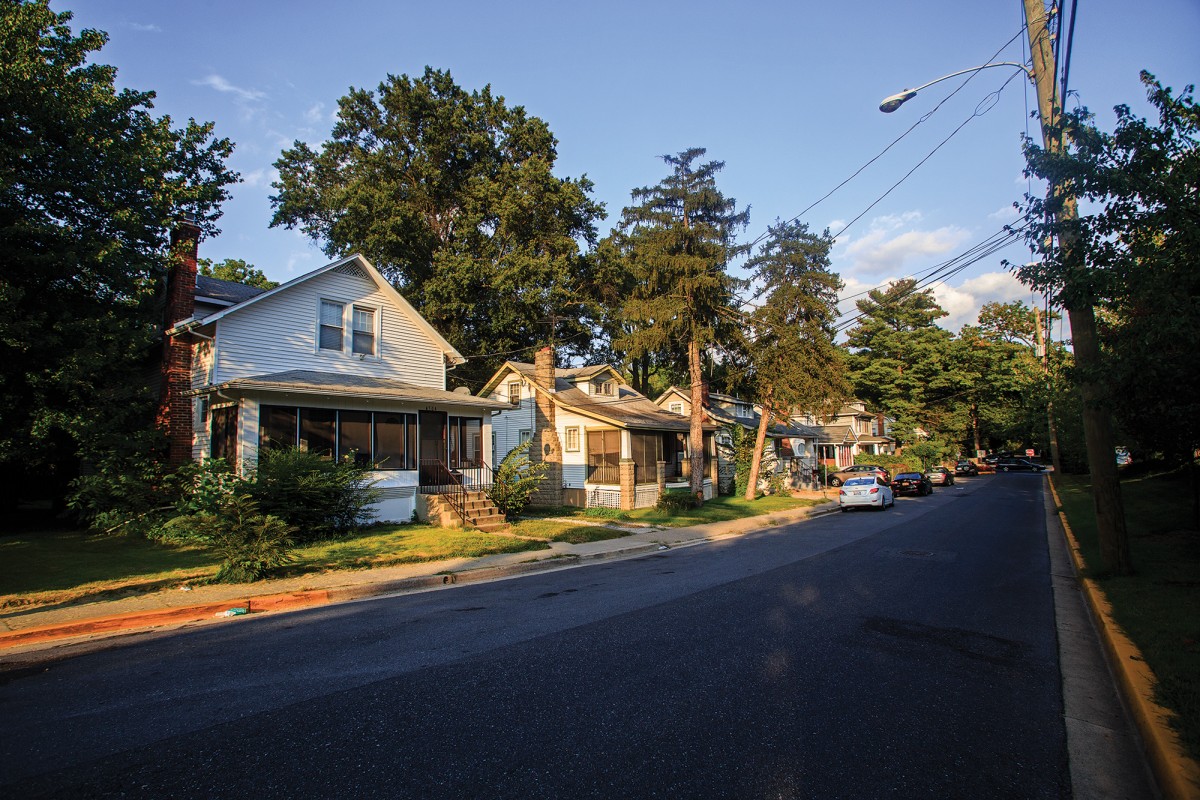More people are moving to and staying in College Park, according to a report the College Park City-University Partnership released Aug. 7.
The homeownership program’s annual report charts the progress of the 2015 initiative, which is designed to increase the number of University of Maryland and city employees living in College Park. This would reduce commutes, strengthen neighborhoods and support the local economy, according to the CPCUP website.
Eric Olson, CPCUP executive director, said the program was “on target” during its second year.
The city saw 27 new residents, including 15 university employees, come to College Park between July 2016 and June 2017, resulting in about $7.9 million in home sales, the report said. Almost three-fourths of those residents said they would walk, bike or use public transportation to commute to work.
“We are pleased that more people who work at the university are choosing to live at College Park,” Olson said.
Valerie Woodall, CPCUP senior program associate, said the number of homeowners biking, walking or using public transit gives a “huge boost” to city sustainability, as it would take cars off the road. It also proves the city is walkable, she said.
The homeownership program provides $15,000 10-year forgivable loans that don’t need to be paid back under certain conditions, such as living in the home for 10 years, to certain city and university employees. The program has other benefits through the community partners, including free access to the College Park Tennis Club for six months and services through McKay Mortgage Company.
Those who donate to the program are also eligible to receive 50 percent of their contribution back as a tax credit, according to the report.
The report also cites the program’s partnership with the city’s New Neighbor Home Ownership Grant Program — which provides a $5,000 incentive for city employees, police, firefighters and EMTs to purchase a house, or for anyone to purchase a house that was previously a rental property, foreclosure or short sale — and Woodall said it has been successful.
People were also motivated to buy homes in the city because they wanted to do so before prices went up, Olson said. City home prices last year were usually in the $200,000-$300,000 range, while this year they are in the $300,000-$400,000 range, showing an increased demand for local housing, Woodall added.
“Even if they’re not a faculty and staff or a city employee, they’re still looking at College Park and potentially purchasing here because of our program,” Woodall said.
This year, people who used the homeownership program were new to the city, showing “they liked what they saw for the future, and were willing to move in without testing it first,” the report read.
“They all see College Park as a place that’s really taking off, and a lot of exciting things are happening here,” Olson said.
Mayor Patrick Wojahn said the city is an even better place to move to now than it was when he moved here 14 years ago. Starting the College Park Academy, he said, is one way the city is giving families the option to give their kids a quality education while living locally.
And gone are the days when people needed to leave the city to go on a date, he said, the city’s “vibrant” downtown area with new openings like The Hotel is another reason people are now more willing to stay.
“That’s the goal,” Olson said, “to have a community where people who work here also live here.”
CORRECTION: Due to a reporting error, a previous version of this story incorrectly stated that 48 new residents came to College Park between July 2016 and June 2017. The city saw 27 new residents during this time period. This story has been updated.



